
Organic Gemstones, distinct from their mineral counterparts, are gems formed from living organisms or biological processes. Unlike the majority of gemstones which are mined from the earth’s crust, organic gems have origins in plants, animals, or other living entities.
Pearls, formed within mollusks; amber, fossilized tree resin; and coral, derived from marine organisms, are quintessential examples of Organic Gemstones. These naturally occurring wonders hold a unique space in the gemological world, representing the delicate intersection of life and enduring beauty. They remind us of nature’s ability to produce treasures in myriad ways, transcending the traditional confines
Pearls (Natural and Cultured)
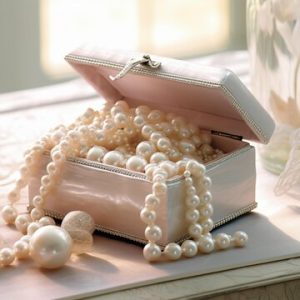
Pearls hold a unique place in the world of gemstones, as they are the only gems that are created within a living organism. Unlike most other gems which are formed by geological processes, pearls are biogenic, formed by mollusks, primarily oysters and mussels.
They are often classified under the category of organic gemstones due to their biological origin. There are two main types of pearls natural and cultured which differ primarily in the way they are produced.
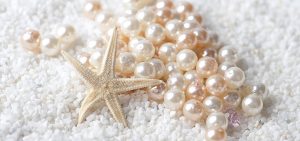
Natural Pearls
Natural pearls are a masterpiece of nature, each one a unique creation formed without human intervention. When a foreign object like a grain of sand or a parasite inadvertently enters a mollusk, it triggers a defensive response. The mollusk secretes nacre, a substance consisting of aragonite and conchiolin, to envelop the intruder and minimize irritation. Over time, these layers of nacre accumulate to produce a pearl. Natural pearls are increasingly rare and, as a result, are much more expensive than their cultured counterparts.
Characteristics
- Color: Ranges from creamy white to golden and even black.
- Luster: Exceptional sheen due to multiple layers of nacre.
- Shape: Generally irregular, due to natural, random processes.
- Size: Variable, often smaller than cultured pearls.
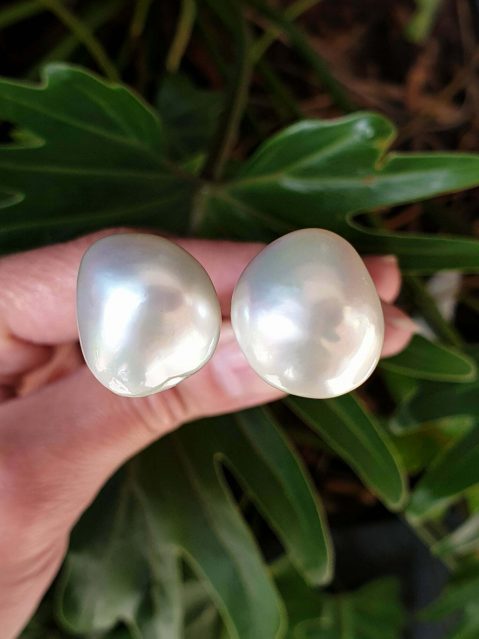
Cultured Pearls
Cultured pearls, on the other hand, are formed with human assistance. A small piece of mantle tissue, sometimes along with a bead nucleus, is surgically implanted into the mollusk to jumpstart the nacre secretion process. This makes it easier to produce pearls in greater quantities and more uniform shapes. Although the initiation is human-assisted, the layering of nacre is a natural process carried out by the mollusk, making each cultured pearl unique in its own right.
Characteristics
- Color: Controlled through the choice of mollusk and conditions, available in various hues.
- Luster: High, but may vary depending on the thickness of nacre.
- Shape: More uniform, often round.
- Size: More consistent and can be larger due to controlled conditions.
Significance and Use
Both natural and cultured pearls are highly esteemed for their beauty and are widely used in jewelry, from earrings and necklaces to bracelets and rings. Pearls have been symbolic of purity, wisdom, and elegance throughout history.
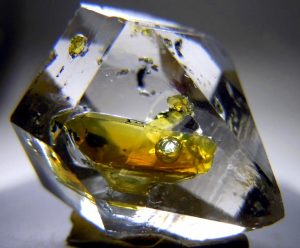
Care and Maintenance
Due to their organic nature, pearls are relatively soft and can be easily scratched or damaged by chemicals. It’s recommended to store them separately from other gemstones and avoid exposure to harsh substances like perfumes or cleaning agents.
By understanding the difference between natural and cultured pearls, you can make an informed choice based on your aesthetic preferences and budget. Whether you opt for the rare natural pearls or the more accessible cultured ones, the intrinsic charm and luster of this organic gemstone make it a timeless addition to any jewelry collection.
Amber (Different Types and Origins)
Amber is another fascinating entry in the world of organic gemstones. Unlike pearls, which are formed in mollusks, amber is fossilized tree resin. Over millions of years, the sticky resin from ancient forests undergoes a series of natural polymerization and oxidation reactions to form this captivating gem. Amber has been treasured since antiquity, not just for its inherent beauty but also for its ability to provide fascinating insights into prehistoric ecosystems, often trapping plant material, air bubbles, and even insects.
Types of Amber
Amber can vary considerably in appearance and properties based on its origin and the conditions under which it was formed. Here are some common types:

Origins
The geographical origins of amber contribute to its types, and each region offers amber with unique characteristics:
| Baltic Region | Countries like Russia, Lithuania, and Estonia are major sources of Baltic amber. |
| Caribbean | The Dominican Republic is famous for its transparent, often blue or green amber. |
| Europe | Other than the Baltic, regions in Germany and Romania also produce amber, usually of darker shades. |
| Asia | Countries like Myanmar (Burma) produce amber that often contains unique animal and plant inclusions. |
| The Americas | Aside from the Caribbean, deposits are also found in Mexico, Canada, and the United States, though these are less commercially significant. |
Significance and Use
Amber has been used for various purposes throughout history, including jewelry, ornaments, and even for medicinal uses. Its warm luster and the potential for intriguing inclusions like prehistoric insects make it a favorite among collectors and scientists alike.
Care and Maintenance
Amber is relatively soft and can be easily scratched or damaged. It is also sensitive to chemicals, heat, and ultraviolet light, which can cause it to crack or lose its luster. Always store amber pieces separately and handle them with care.
Amber offers a tangible connection to the prehistoric world, each piece a frozen moment in time. Its various types and origins make it not only a captivating subject for scientific study but also a versatile gem for all kinds of artistic and jewelry endeavors.
Jet (The Organic Gemstone)
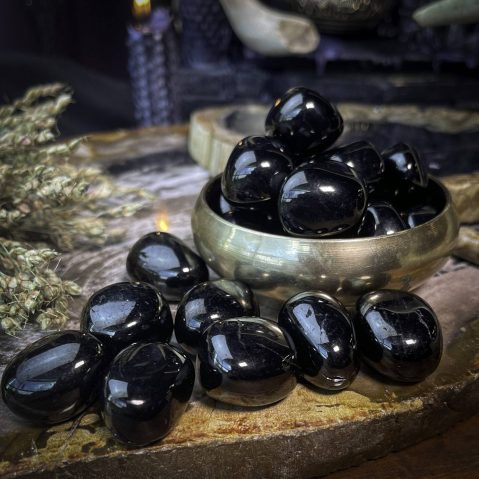
Jet is a unique and lesser-known gemstone within the category of Organic Gemstones. Unlike pearls, amber, or coral, jet is derived from wood that has undergone extreme pressure over millions of years.
Specifically, it is fossilized wood from prehistoric trees, like the Araucaria tree, that has been subjected to high pressure in marine or waterlogged environments.
The result is a compact, coal-like mineraloid that has been used for thousands of years to create stunning jewelry and artifacts. Jet is notably lightweight and is often mistaken for coal, although it is harder and more durable.
Uses
Jet is most commonly used in jewelry, from beads and pendants to elaborate brooches and rings. It is also occasionally used for carving small figures and amulets. In metaphysical circles, jet is often considered a stone of protection and grounding.
Care and Maintenance
Due to its relatively soft nature, jet can be easily scratched or damaged. It should be stored separately from other, harder gemstones and cleaned carefully with a soft cloth. Chemical cleaners should be avoided, as they can strip the material’s natural luster.
Sustainability and Ethics
While jet is not sourced from living organisms like coral, ethical considerations around mining practices do apply. Ensure that your jet comes from suppliers adhering to responsible mining and labor practices.
Whether you’re drawn to jet for its deep black allure, historical significance, its organic origins, or its distinction as one of the Organic Gemstones, this gemstone offers a unique blend of beauty and cultural richness. With the proper care, jet can be a long-lasting and meaningful addition to any collection of fine gems and jewelry.